Our Verdict
Principles of Creature Design will give you that kick up the backside you need to level your creature designs up. With Whitlatch's inspirational illustrations and wise words, you will feel like she's sat beside you telling you, "you can do this!" On top of this, her Star Wars designs will without a doubt have trilogy fans more than a little excited.
For
- Stunning imagery
- Entire chapter dedicated to Star Wars creature designs
- Inspiring, enthusiastic words that will inspire you to pick up a pencil
- Essential for those who already know the basics (anatomy)
- Companion guide for Science of Creature Design
Against
- Not for absolute beginners (other than the awe-inspiring art!)
- Could have had some more suggestions for practical exercises
Why you can trust Creative Bloq
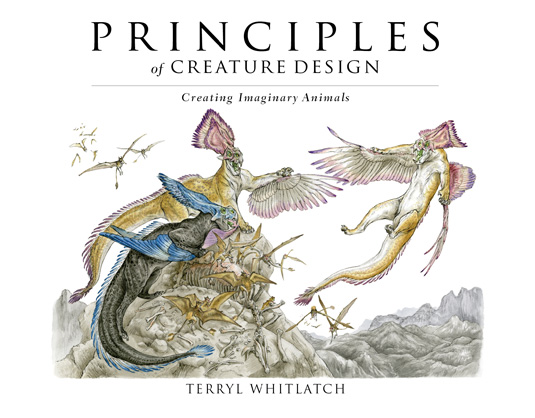
Veteran artist, Terryl Whitlatch traced the importance of anatomy in her last offering, Science of Creature Design, and it is an essential guide for any illustrator. The follow up, Principles of Creature Design puts those skills into practise.
Delve into Whitlatch's imagination as she employs her extensive knowledged, shared with readers in Science of Creature Design, to her stunningly detailed, realistic imaginary creatures.
Whitlatch's creatures are specifically formulated to survive in their make-believe worlds, interact with their own species and others and make a serious impact. Whitlatch reveals that a successful creature design, begins with a solid story and understanding of how your creature lives.
"Creatures do not exist in a vacuum," she reminds us. Mapping out a creatures narrative is essential to her character building, she dubs this "The Creature's Journey" (see more creature design tips here).
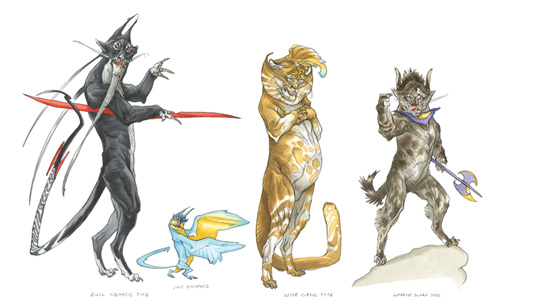
From predatory species, weather systems and natural disasters to varying planetary ecosystems - all these factors come into play and must be taken into consideration in the early stages of the design process.
From here, she retraces her steps in the previous volume: looking back to anatomy to understand her make-believe characters and ensuring they are believable.
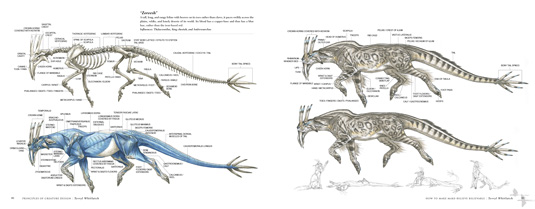
She also envisions entire scenes and scenerios, illustrating how each creature responds to one another - those in dominant positions, untamed species and those herded like cattle - as well as their interaction with weapons, structures, technologies and their wider worlds.
Daily design news, reviews, how-tos and more, as picked by the editors.
Concluding the book, Whitlatch looks at some of the most inspiring creature creations of her career (dedicating an entire chapter of the volume to her designs for Star Wars, including alien we all love to hate, Jar Jar Binks) and leaves us with inspirational tips on forging your own path.
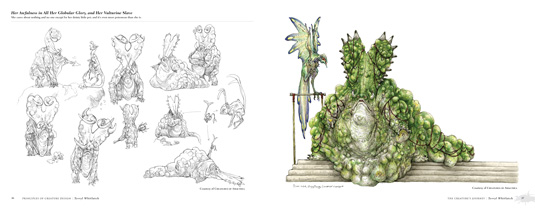
For those who are more interested in inspiration, stunning art and some background to the development of their favourite Star Wars creatures, this book is the one to get.
It lacks the practical, essential information residing within the pages of Science of Creature Design, but it is choked full of Whitlatch's iconic, stunning imagery to inspire anyone with an appreciation for art and imagination.
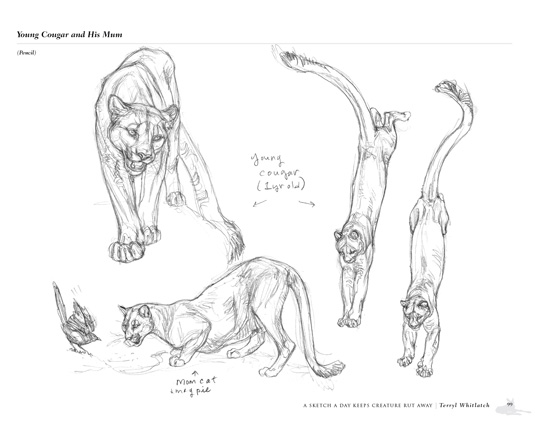
For those who are looking to expand skills, rather than start at the beginning, Whitlatch offers some stellar advice to advance your designs and help develop your own style.
She truly makes you believe in yourself, as well as her creatures, explaining that frustration is normal and all part of the pathway to your dream career.
Principles of Creature Design
out of 10
Principles of Creature Design will give you that kick up the backside you need to level your creature designs up. With Whitlatch's inspirational illustrations and wise words, you will feel like she's sat beside you telling you, "you can do this!" On top of this, her Star Wars designs will without a doubt have trilogy fans more than a little excited.

Alice Pattillo is a freelance journalist with a passion for heavy metal, horror, science fiction, fantasy and comics. She has over seven years experience in magazines, formerly working as a staff writer at Creative Bloq, Imagine FX, Computer Arts and 3D World, as production editor for Guitar World and Guitar Player and online editor of Metal Hammer.
